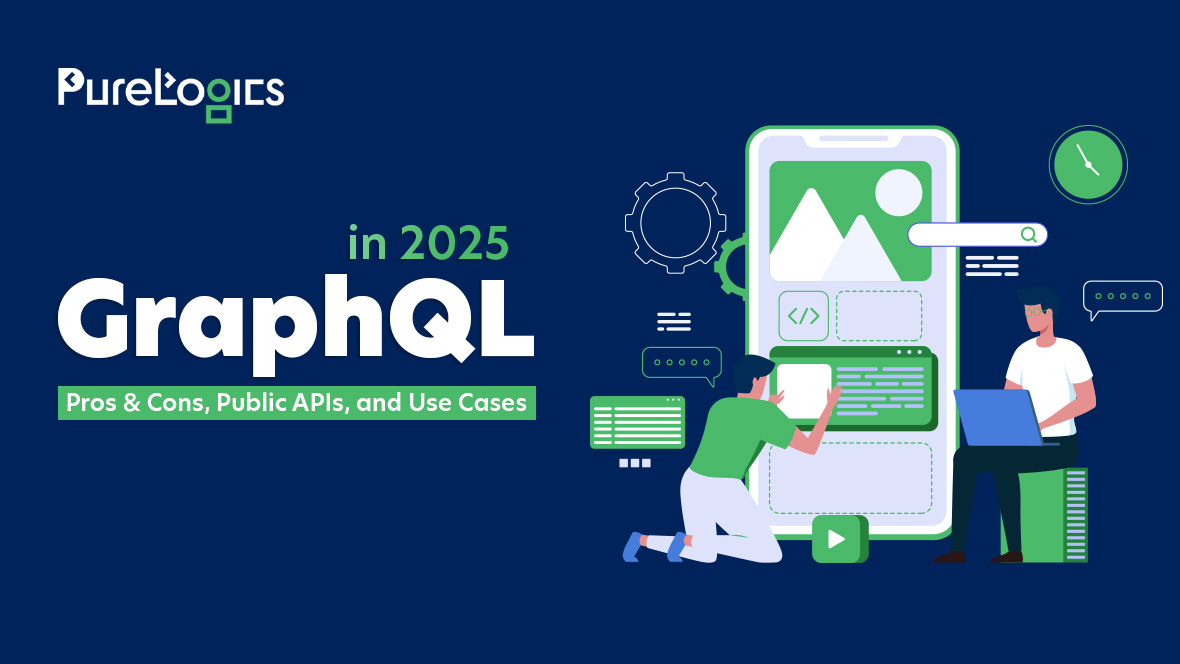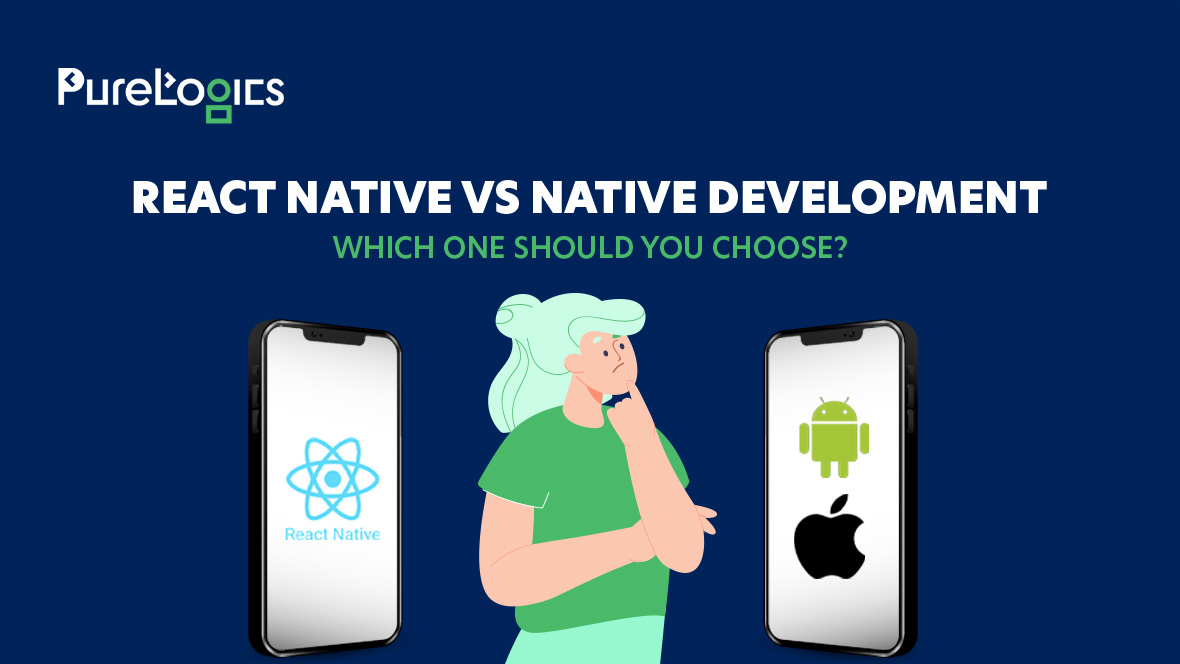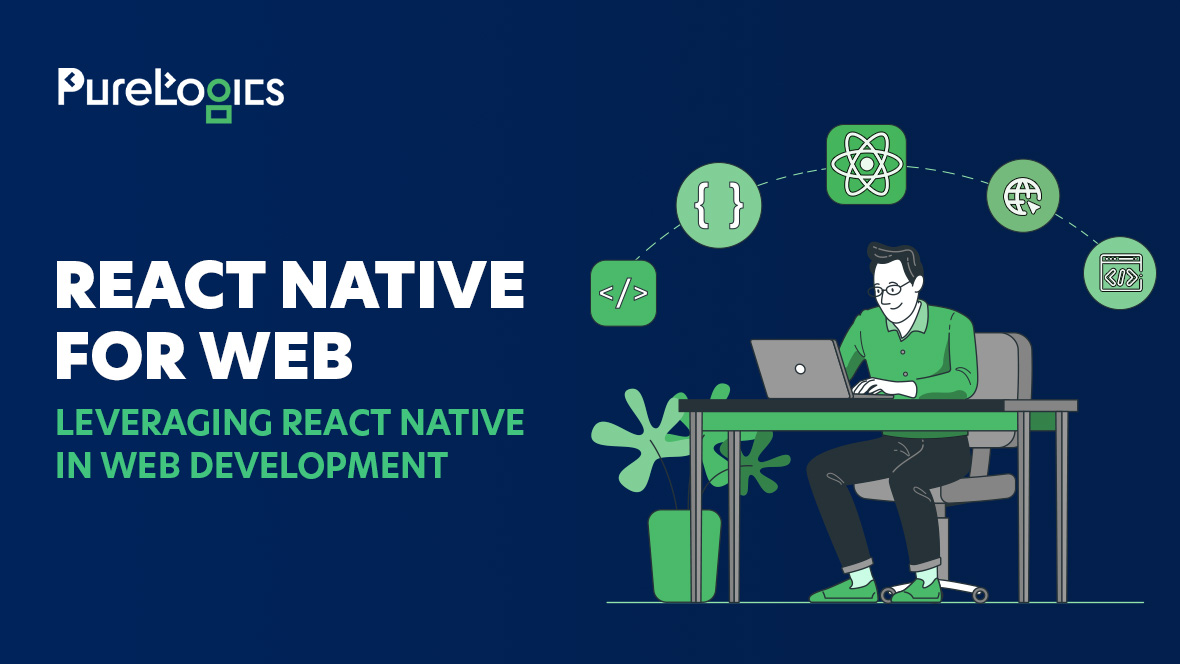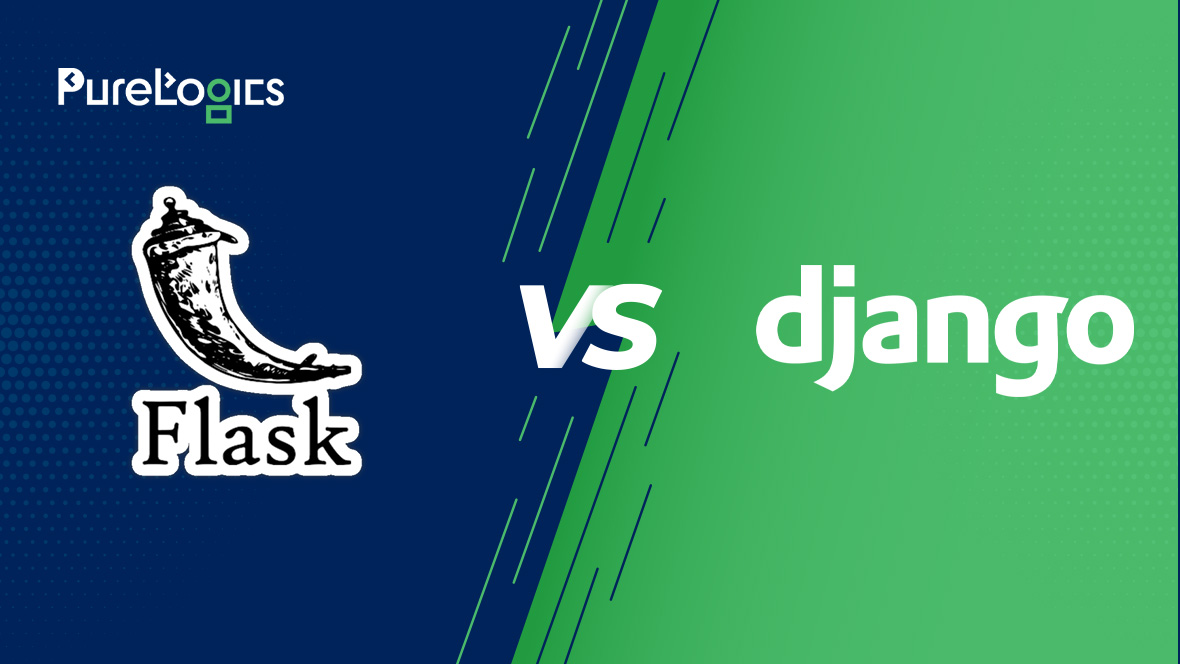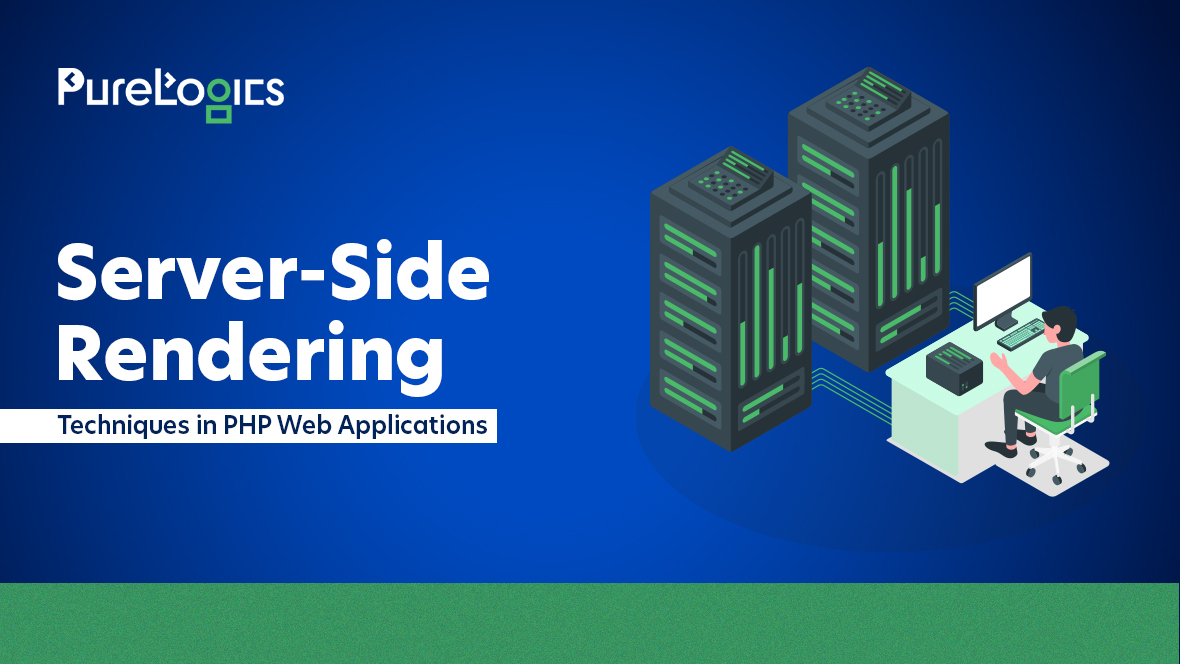GraphQL, a query language for APIs developed by Facebook in 2012 and publicly released in 2015, is now a decade old! Unlike traditional REST APIs, which expose multiple endpoints for various resources, GraphQL consolidates everything into a single endpoint, allowing clients to request exactly the data they need.
Major companies like Facebook (the creator), GitHub, Shopify, Netflix, Airbnb, and Twitter use GraphQL to power their applications, appreciating its flexibility, efficiency, and precise data-fetching capabilities that accelerate development and enhance performance.
Pros and Cons of GraphQL
GraphQL comes with its strengths and trade-offs, and below is a quick look at the key advantages and challenges it brings.
Pros
It allows efficient, flexible data fetching with reduced over- and under-fetching compared to REST.
- Efficient Data Fetching: With GraphQL, clients can request only the data they need, which minimizes network overhead and prevents over-fetching or under-fetching, common issues in REST APIs.
- Single Endpoint for All Queries: No need for multiple endpoints for various resources. Clients can retrieve related data in a single request.
- Self-Documenting API: Thanks to its introspective nature, GraphQL APIs automatically generate documentation. Developers can easily explore types and fields with tools like GraphiQL or Apollo Explorer.
- Strongly Typed Schema: GraphQL ensures data consistency and reduces communication errors between the client and server. This also allows for better developer tools, such as code generation.
- Better API Versioning: New fields can be added without disrupting existing queries, minimizing the risks of breaking changes.
Cons
GraphQL can be harder to set up; its other disadvantages are below.
- Complexity in Caching: Traditional caching mechanisms, like HTTP caching, are not as effective with GraphQL because of its dynamic queries. It often requires custom strategies like persisted queries and Apollo Client caching.
- Increased Server Load: Due to the complexity of GraphQL queries, server performance can sometimes suffer. It’s essential to implement rate limiting and query depth control to avoid overload.
- Learning Curve: Developers need to familiarize themselves with schema definitions, resolvers, and query structures, making it more challenging to learn than REST APIs. Debugging can also be more complex.
- Security Risks: There’s the potential for clients to send expensive or deeply nested queries, risking denial-of-service (DoS) attacks. Proper query validation and authorization are crucial.
Use Cases for GraphQL
GraphQL is ideal for applications that demand flexibility, efficiency, and dynamic data retrieval.
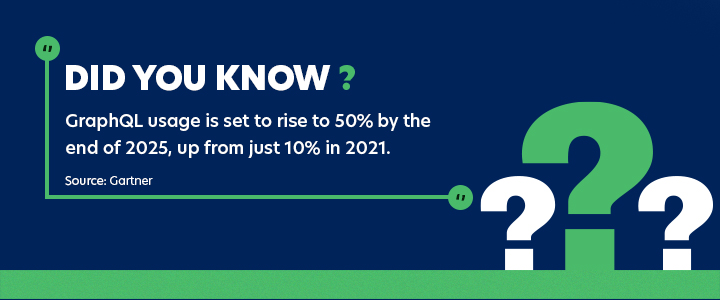
Here are some scenarios where it truly shines:
- Dynamic UI Applications: (e.g., Dashboards, content-rich websites, admin panels): GraphQL ensures that UI components fetch only the necessary data, improving performance and reducing unnecessary API calls.
- Mobile Applications: (e.g., Social media apps, e-commerce platforms): Mobile devices benefit from fetching only essential data, making GraphQL perfect for optimizing performance with limited bandwidth.
- Integrating Data from Multiple Sources: (e.g., Aggregators, business intelligence tools): GraphQL makes it easy to combine data from different REST APIs, databases, or third-party services into one unified query.
- Microservices Architecture: (e.g., Large-scale enterprise apps): As an API gateway, GraphQL integrates various microservices into a single schema, simplifying the data retrieval process.
Public APIs Supporting GraphQL:
Many well-known services now provide public GraphQL APIs, enabling developers to access structured data via powerful queries:
- GitHub GraphQL API: Fetch repository details, user profiles, and commits with flexible queries.
- Shopify GraphQL API: Manage products, orders, and customers more efficiently than its REST counterpart.
- SpaceX GraphQL API: Retrieve data on past and upcoming SpaceX launches, rockets, and missions.
- Countries GraphQL API: Access details on countries, including names, capitals, currencies, and neighboring nations.
- OpenAI API via GraphQL Proxy: Third-party services wrap OpenAI’s REST API into a GraphQL layer, offering more flexibility.
Conclusion: Is GraphQL the Right Choice in 2025?
GraphQL has established itself as a formidable alternative to REST, offering flexibility, efficient data retrieval, and strong typing. Its ability to fetch only necessary data makes it ideal for modern applications, especially those with complex UIs, mobile clients, or microservices.
However, GraphQL isn’t a universal solution. While it excels in flexibility and performance, it introduces challenges like caching, security, and server load. REST APIs might still be better suited for simpler applications with predictable data needs due to their straightforward implementation and built-in caching.
In 2025, GraphQL continues to be an excellent choice for:
- Applications that need dynamic data fetching, such as dashboards and content-driven platforms.
- Mobile and frontend-heavy applications that prioritize minimizing data transfer.
- Projects that unify data from multiple sources or microservices.
But it may not be the best choice for:
- Simple CRUD applications with limited data variation.
- Systems where traditional HTTP caching is essential for optimal performance.
PureLogics is a world-recognized Shopify development services provider. GraphQL is a valuable tool for our developers, and the decision to use it depends on the project’s complexity, data requirements, and team expertise. Partner with us to make your application flawless with the help of our expert Shopify developers. Contact us today!


 [tta_listen_btn]
[tta_listen_btn]
 May 22 2025
May 22 2025

